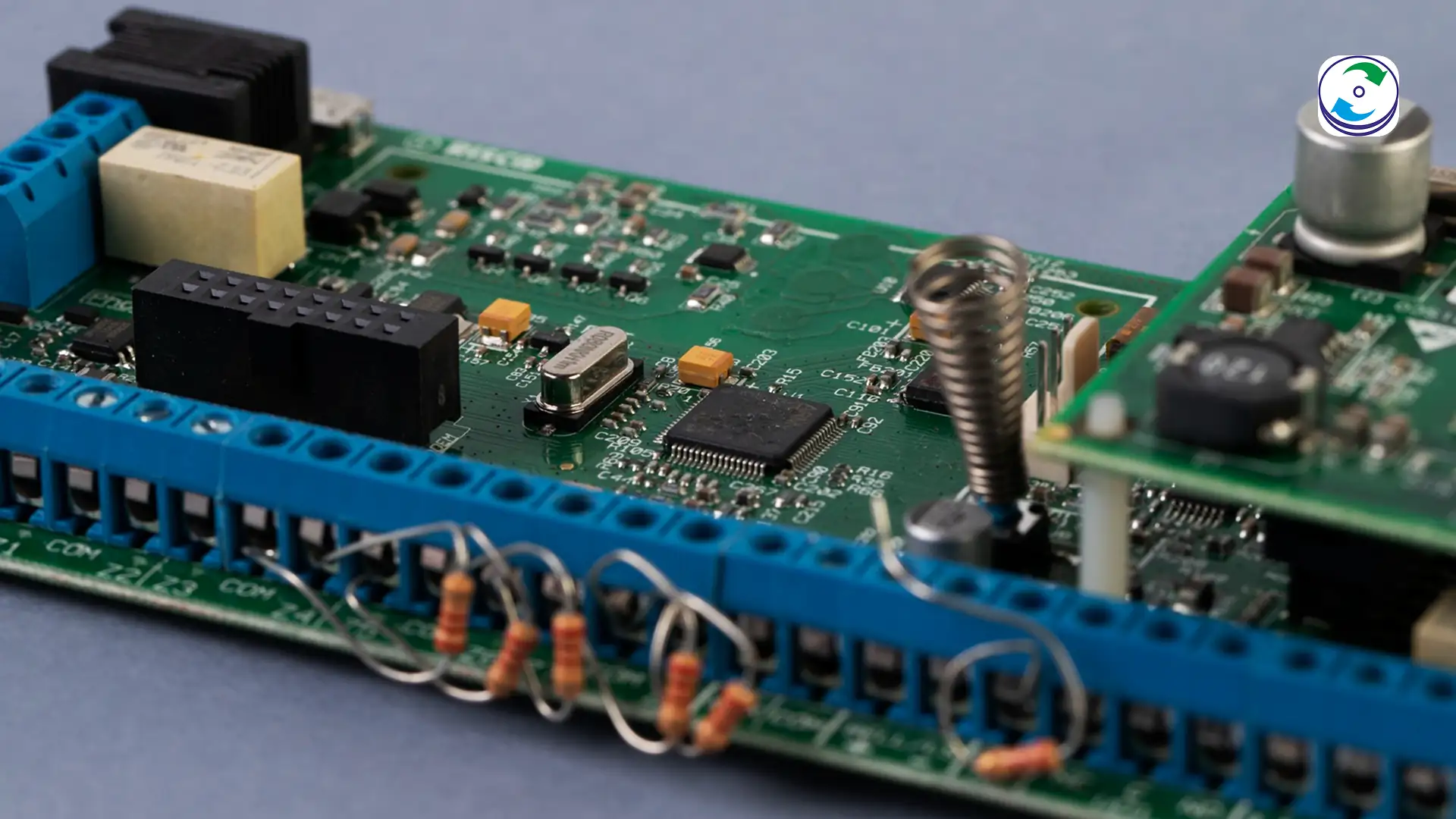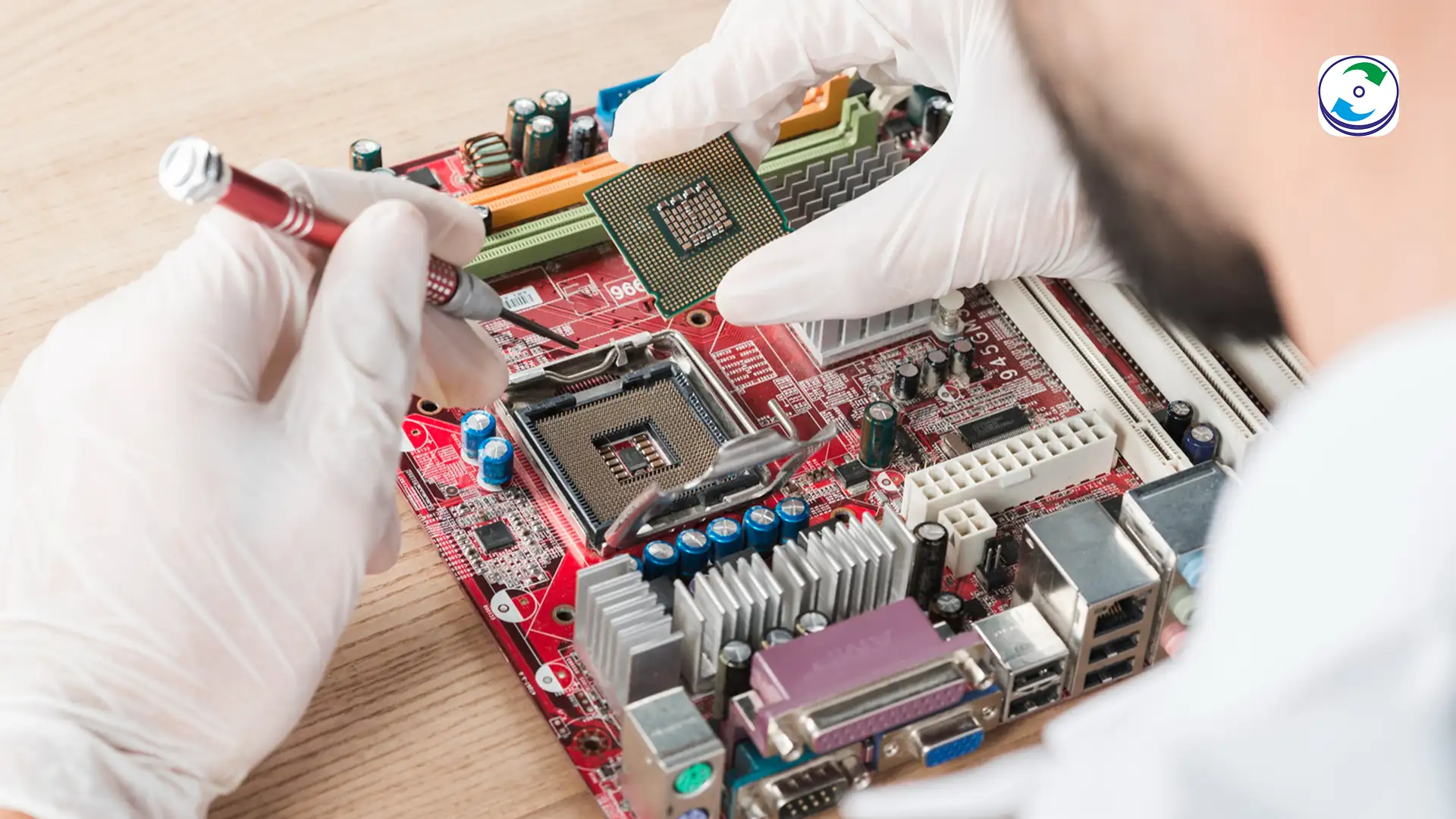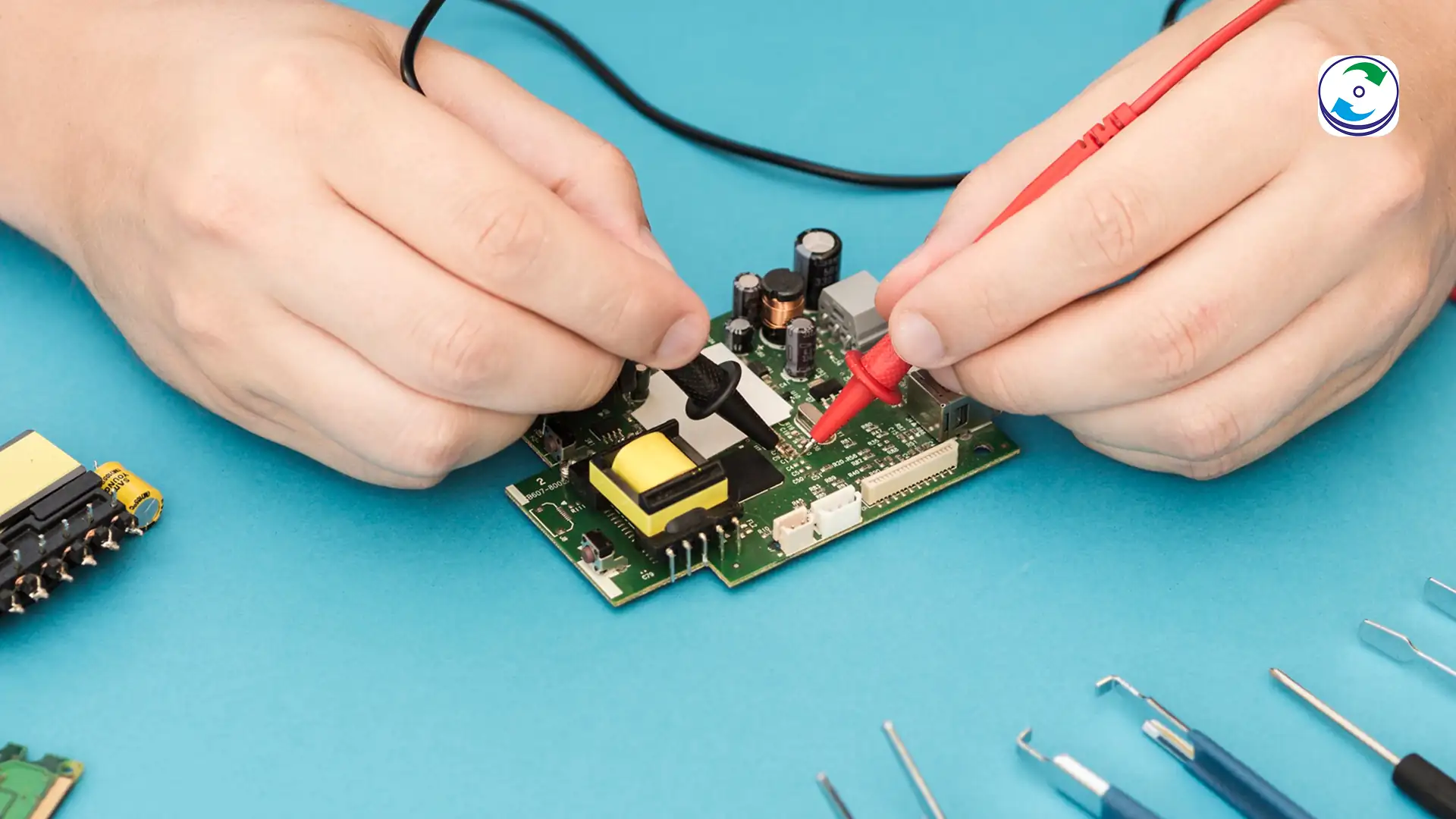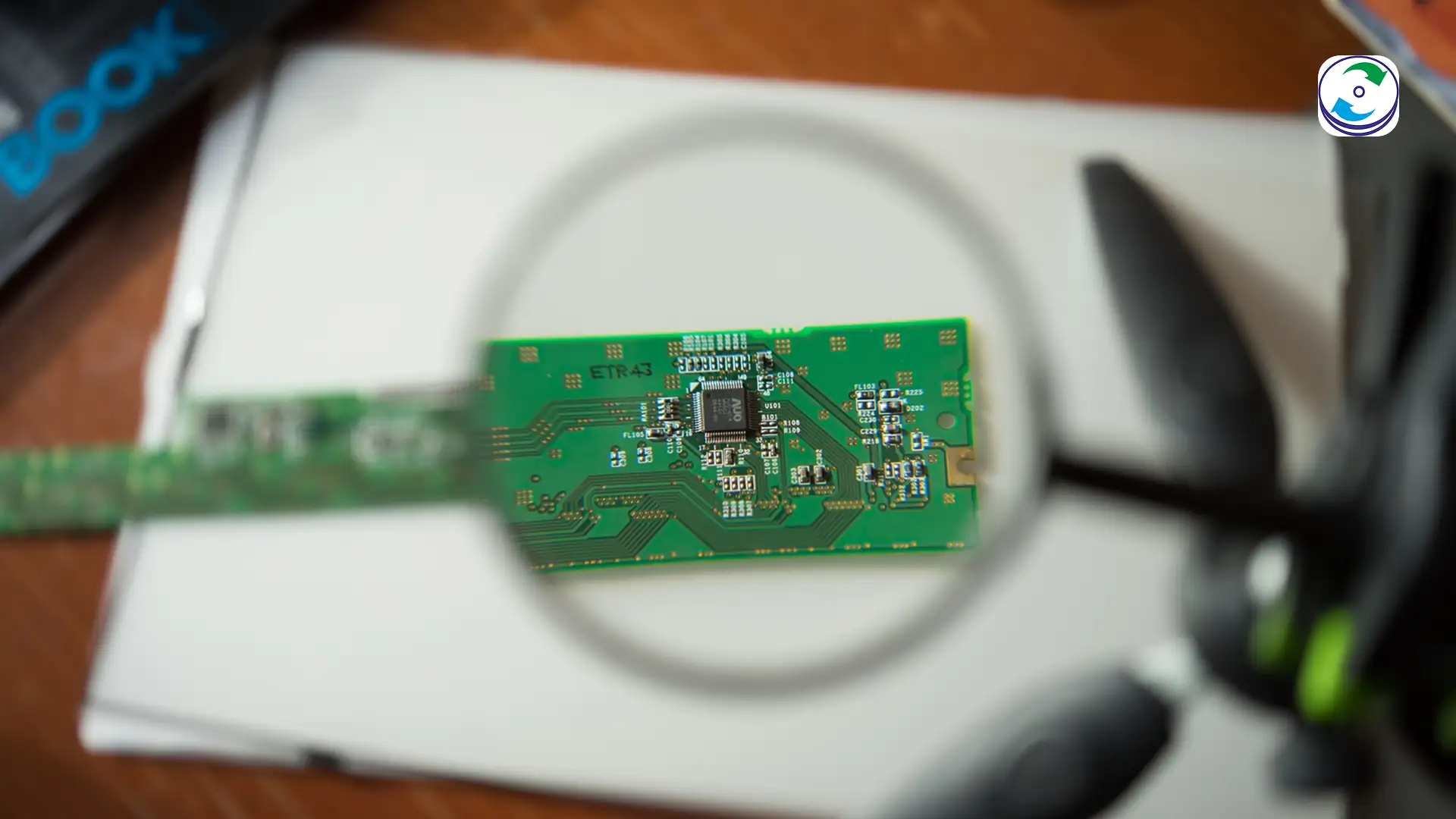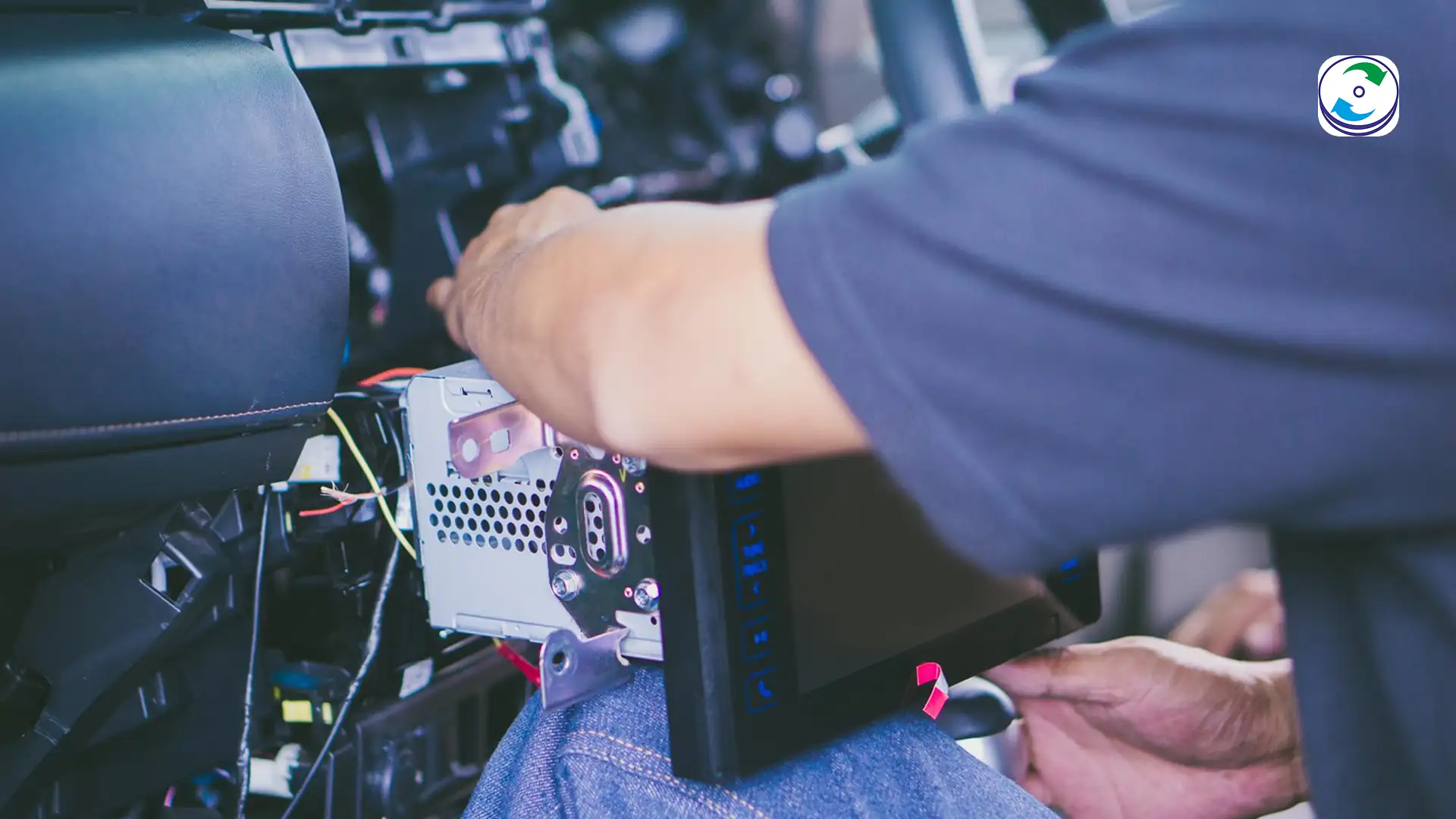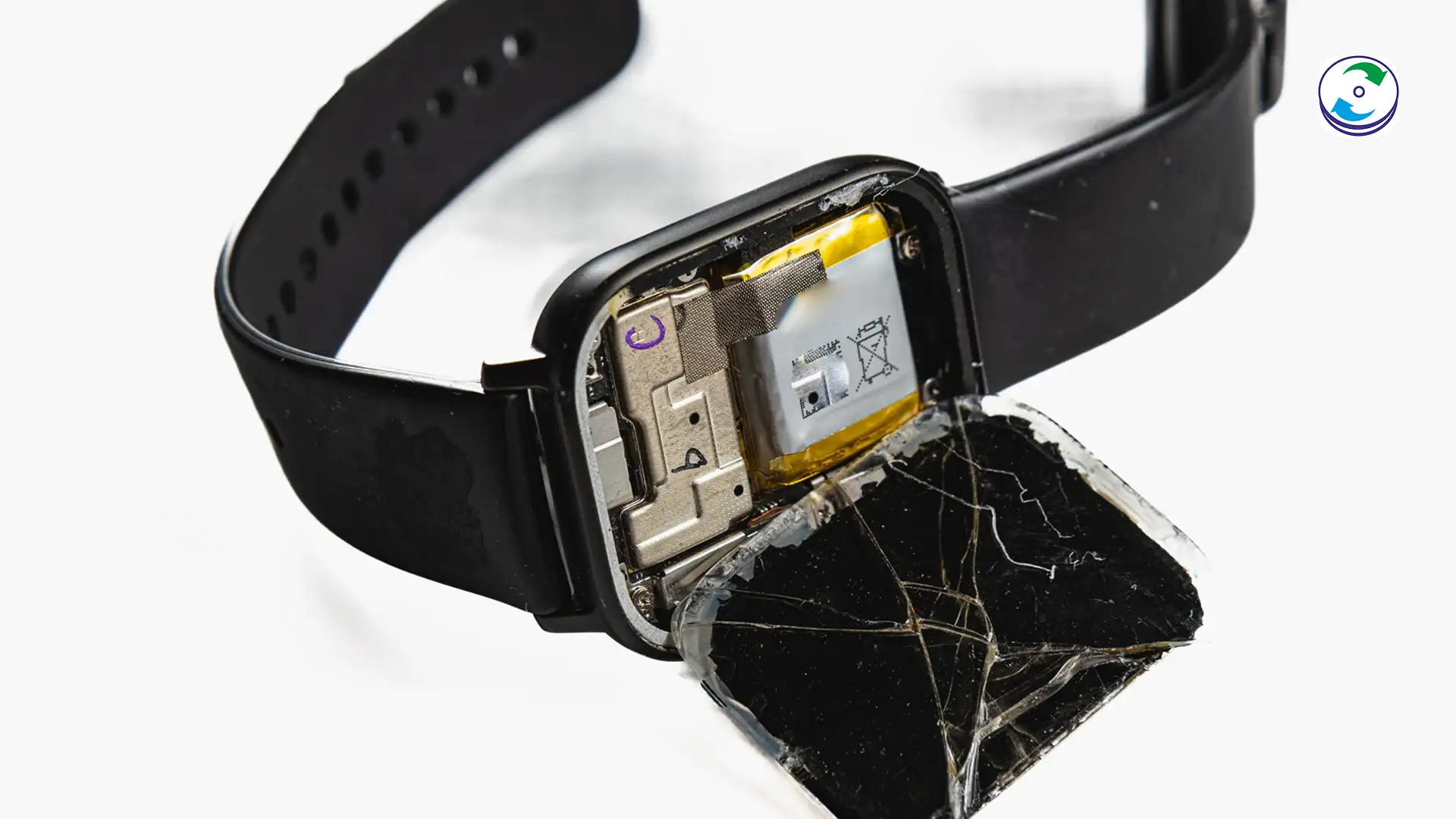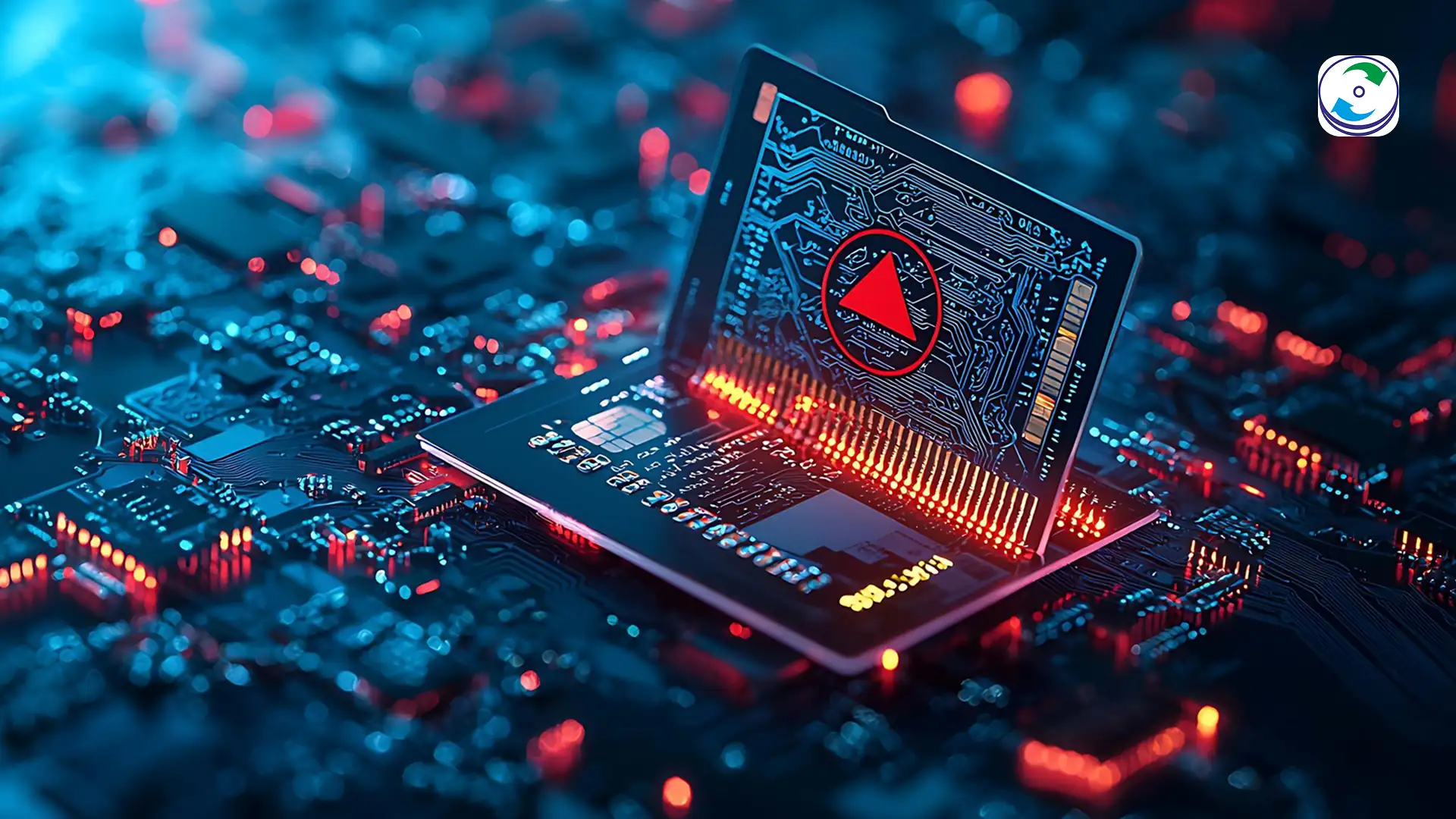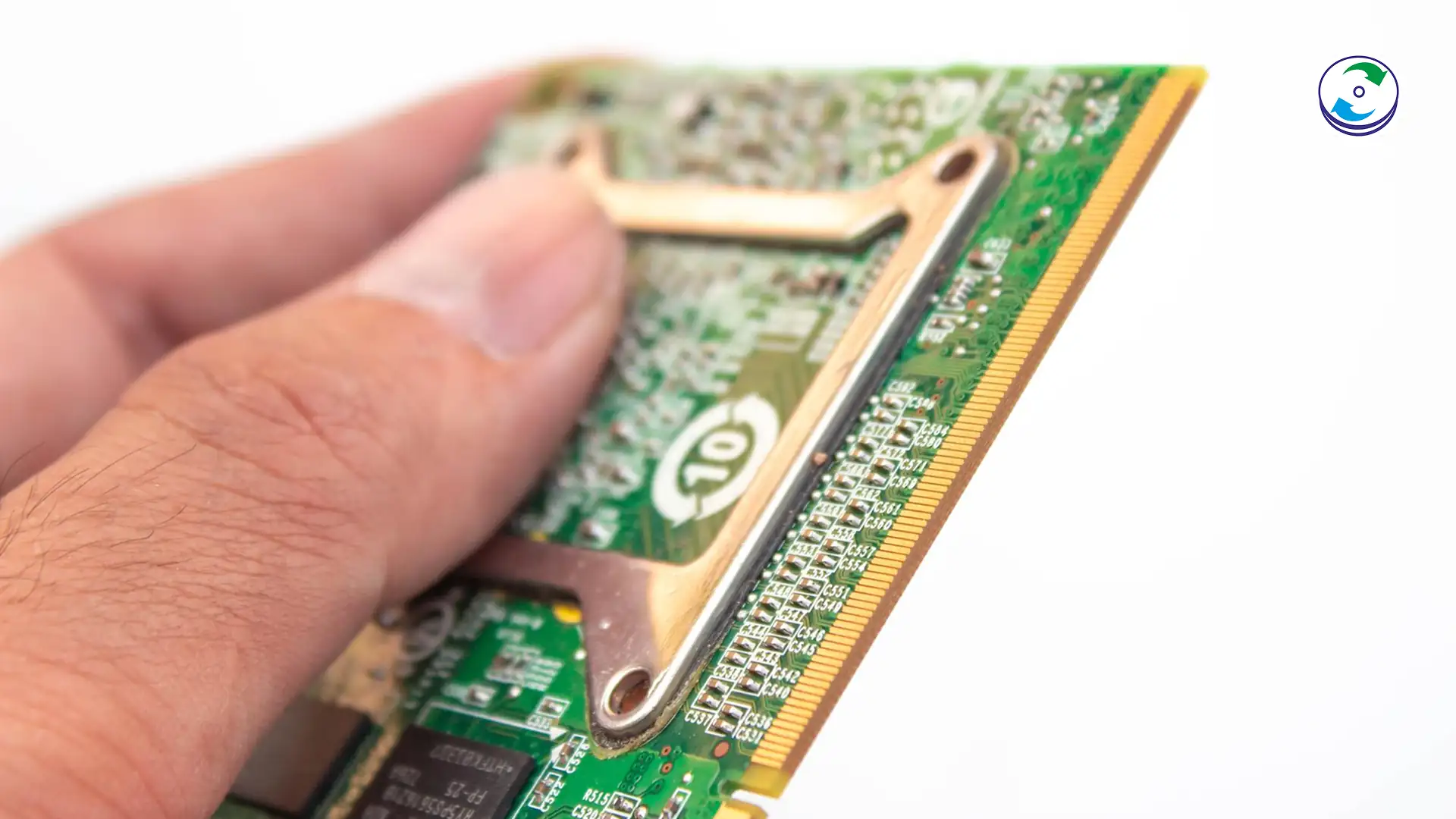Data Recovery from NAS and SAN Devices: Rebuilding Complex RAID and ZFS Storage Pools
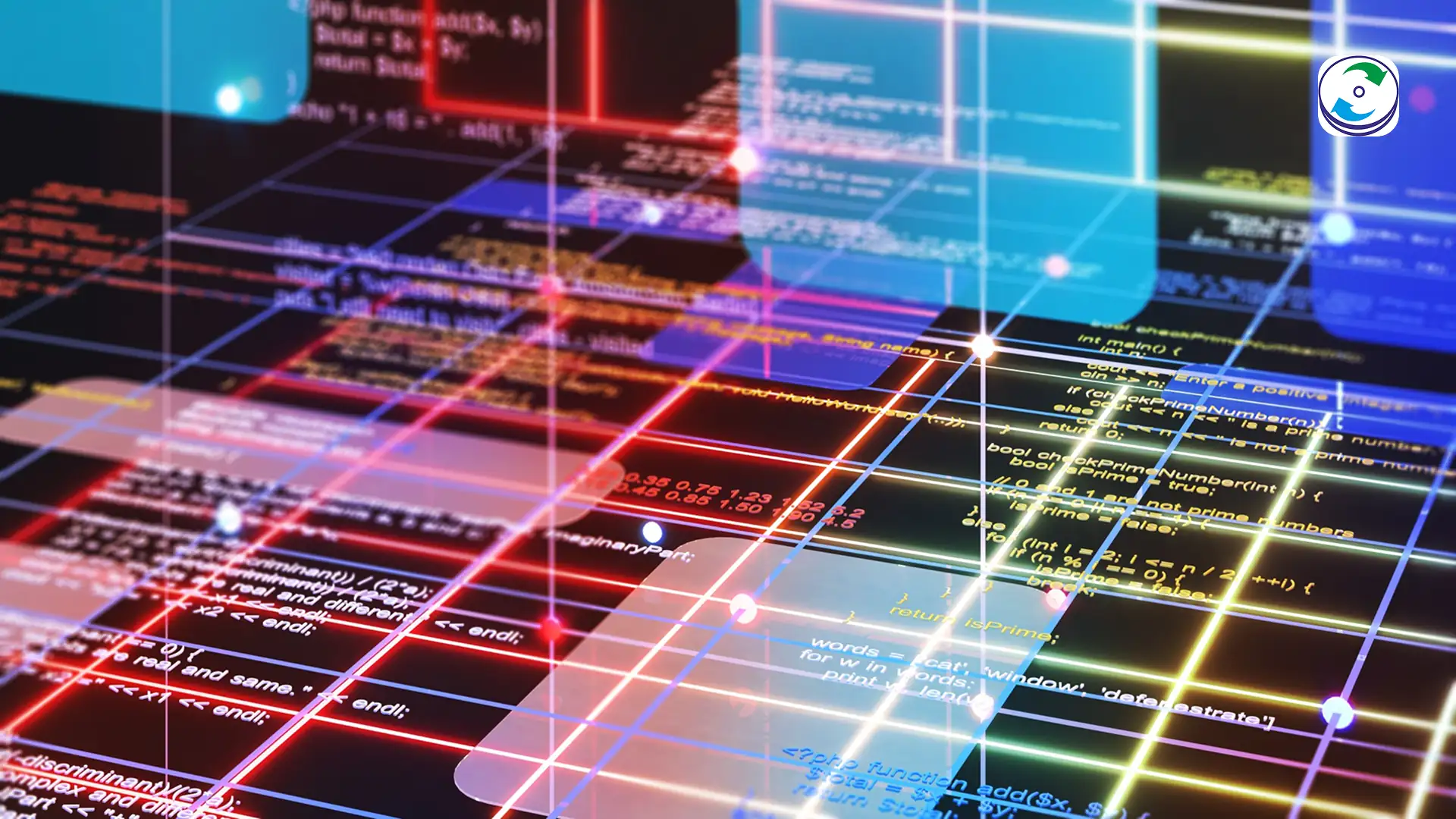
Introduction
Network-Attached Storage (NAS) devices and Storage Area Networks (SANs) are the backbone of modern enterprise data management, providing centralized, redundant, and highly available storage for businesses of all sizes. Built on complex RAID (Redundant Array of Independent Disks) technology and utilizing advanced file systems like ZFS or BTRFS, these systems are designed to be fault-tolerant.
However, this inherent complexity introduces a multi-layered crisis when a failure occurs. When redundancy fails—often due to a cascade of errors or the corruption of the controller—the result is catastrophic data loss across dozens of high-capacity drives.
Data recovery from a crashed NAS or SAN is not simply recovering a single hard drive; it is a meticulous, forensic challenge involving reconstructing the physical array geometry (RAID) while simultaneously repairing the logical file system structure (ZFS/BTRFS). It requires specialists who understand how the data is stripped across the disks and how the filesystem keeps track of its own integrity.
The Multi-Layered Challenge: Physical vs. Logical Failure
When a Synology, QNAP, FreeNAS, or enterprise SAN system goes offline, the crisis stems from two distinct, overlapping layers of failure:
Layer 1: The Physical RAID Failure (The Geometry Crisis)
RAID is a hardware or software mechanism that strips data across multiple disks to provide redundancy (parity) and speed. Redundancy works perfectly until a failure exceeds the parity level.
-
Parity Loss Catastrophe: In a RAID 5 array, the loss of two disks is instantly fatal. In RAID 6, the loss of three disks is fatal. Crucially, failure often cascades: one drive fails, the system starts a rebuilding process on a hot spare, and a second drive fails during the rebuild. The immense stress of the rebuild process often pushes a second, already-degrading drive past its failure threshold, destroying the array’s parity checksums and scrambling the data.
-
Controller Dependency: The NAS or SAN controller chip maintains the precise RAID geometry—the strip size, the number of disks, the start offset, and the parity rotation algorithm. When the controller dies due to an electrical fault or firmware corruption, the disks themselves may be healthy, but they lose the “instruction manual” needed to reassemble the data stream. Without this information, the hundreds of terabytes of data appear as nothing more than a random sequence of bits.
Layer 2: The Logical ZFS/BTRFS Failure (The Integrity Crisis)
Next-generation file systems like ZFS (used in many enterprise solutions and home NAS systems) and BTRFS introduce advanced features that also create complex failure modes.
-
Pool Corruption: ZFS manages the entire storage volume as a single Z-Pool. It uses Copy-on-Write (CoW) to ensure data consistency and checksums to verify integrity. While highly resistant to corruption, a severe power event or controller failure can compromise the Z-Pool metadata. This damage can lead the ZFS system to mark the entire pool as “faulted” or “degraded,” making all data inaccessible even if the physical RAID layer is theoretically intact.
-
Checksum Mismatch: ZFS automatically checksums every data block. If a massive migration or write operation is interrupted, the checksums for critical metadata blocks may become corrupted. The system will recognize the mismatch and lock access to the pool to prevent the propagation of corrupt data, trapping healthy files inside the pool.
The Forensic Protocol: Rebuilding the Virtual Array
The primary strategy for recovering data from a failed NAS/SAN is to bypass the original, failed controller and forensically reconstruct the array in a virtual environment. This process is a specialized form of digital archaeology:
Step 1: Bit-Level Imaging of All Disks
The first, non-negotiable step is to create a full, bit-for-bit clone of every single hard drive in the array—including drives that are marked as “failed.” This is essential because the failed drive often contains the last critical parity blocks needed for reconstruction.
Step 2: Identifying the RAID Geometry
Without the original controller’s configuration, the data recovery engineer must use specialized forensic software to analyze the raw data from the disk images to guess and test the array parameters:
-
Strip Size: Determining the exact block size in which data was stripped across the disks (e.g., 64KB, 128KB, 256KB).
-
Parity Rotation and Disk Order: Mapping the precise sequence in which the parity blocks were rotated across the physical disks (crucial for RAID 5 and 6) and identifying the correct physical disk order. An incorrect guess here results in scrambled, unusable data.
-
Start Offset: Finding the precise starting point on the first disk where the RAID volume begins, often hidden behind metadata structures.
Step 3: Virtual Array Emulation
Once the geometry is confirmed, the recovery software virtually rebuilds the array using the correct parameters. The individual disk images are loaded and stripped back together as if the original RAID controller were working. This creates a single, massive virtual volume.
The File System Deep Dive: ZFS Repair
After the physical RAID is reconstructed, the file system itself (ZFS or BTRFS) must be repaired.
ZFS Pool Repair
-
Pool ID Identification: The forensic tool must read the superblocks of the reconstructed virtual volume to identify the Z-Pool GUID (Global Unique Identifier) and map all member disks to that pool.
-
Transaction Group Reassembly: ZFS uses Transaction Groups (TXGs) to manage writes. If a failure occurred mid-write, the latest TXG may be incomplete. Specialists use proprietary scripts to roll back or repair the transaction log, allowing the system to recognize the last consistent state of the Z-Pool.
-
Metadata Block Repair: In cases of severe corruption, engineers must manually target and repair damaged metadata blocks and block pointers that prevent the pool from being imported. This requires intricate knowledge of the ZFS on-disk format to stabilize the pool for extraction.
Data Extraction and Integrity Check
Finally, once the virtual RAID array is stable and the ZFS pool is imported, the data is extracted. Crucially, a final integrity check is run to confirm file consistency. Because the data has been stripped across, rebuilt, and repaired, every recovered file must be validated to ensure it is not corrupt or incomplete.
Conclusion: When Redundancy Fails, Trust Specialization
The promise of redundancy in NAS and SAN systems often leads to a false sense of security. When multiple components fail, or the controller’s logic is destroyed, the data becomes trapped within a highly complex structure that standard IT support cannot penetrate.
Data recovery from a failed ZFS/RAID storage pool demands an understanding of RAID geometry, low-level disk structures, and the proprietary workings of enterprise file systems. Attempting a rebuild with an incorrect strip size or disk order will permanently corrupt the remaining data.
If your NAS or SAN array has gone offline, never attempt to “force” a rebuild or run consumer recovery software on the individual disks. The potential for irreversible data damage is too high. Contact DataCare Labs immediately. We possess the forensic software suites and the specialized knowledge of ZFS, BTRFS, and complex RAID architectures to virtually rebuild your storage pool and secure your mission-critical data.


